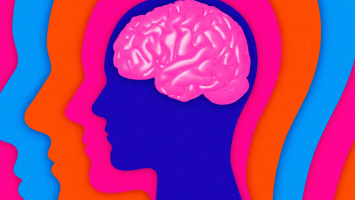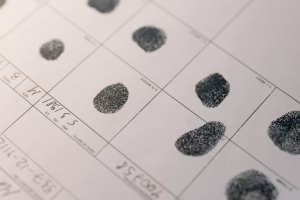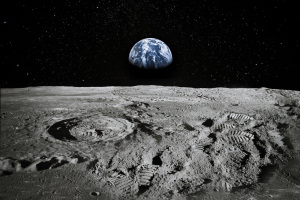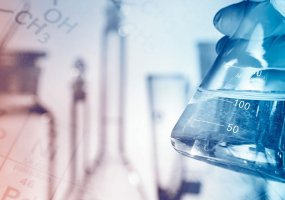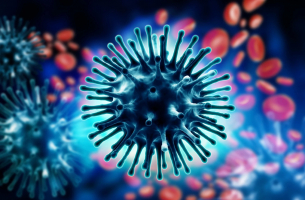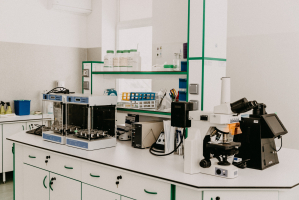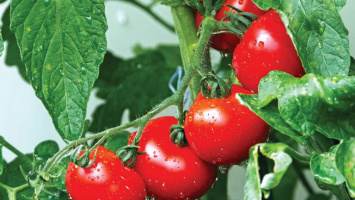Top 10 Unexplained Mysteries of Chemistry
Chemistry has been a subject of study for as long as we can remember. In the beginning, alchemists would investigate the chemical makeup of substances to ... read more...comprehend their properties, which might subsequently be applied to a variety of situations in the outside world. The only difference is that lab chemists of today use tools and techniques that are more advanced. As a subject, chemistry is intrinsically enigmatic since it examines the physical and chemical interactions between substances, particularly between their atoms, which is a difficult feat for all known substances to accomplish. Although chemistry is used in practically every other rapidly developing industry, including medicine, nanotechnology, space exploration, etc., it still contains many open problems and unresolved riddles.
-
Even while it is hard to describe life and all of its complexities solely in terms of the chemical makeup of its most fundamental components, that is ultimately how it all began. As atoms and molecules randomly interacted with one another in just the right way to generate the first organic substances, such amino acids, simple sugars, etc., that now make up our cells, the first stages of the origins of life on Earth required only chemical processes.
One of the major unsolved problems in evolutionary studies is how exactly that happened. We have never discovered any natural phenomena that contradicts the rigorous requirement that there must already be some pre-existing life in order to create additional life. Despite numerous attempts, scientists have never been able to create organic materials in the lab from non-organic ones, but the earliest living cells managed to achieve so. It's one of those big mysteries of life that, despite numerous ideas attempting to explain it, we'll probably never be able to resolve.
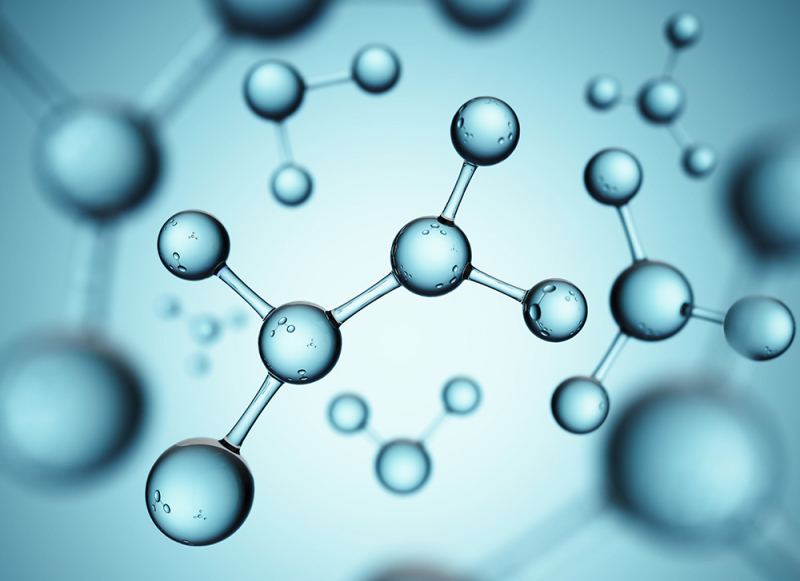
https://www.google.com 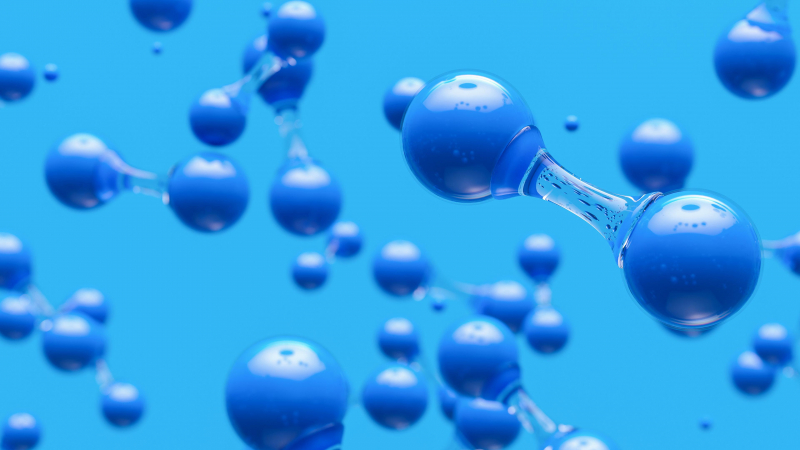
https://www.google.com -
We still know remarkably little about RNA, despite the fact that it was only found a few decades after the discovery of DNA, its more well-known cousin, more than a century ago. For the uninitiated, RNA and DNA are both nucleic acids that cause our cells to produce proteins, which serve as the building blocks of all complex life forms. The genetic information is stored in DNA and is transferred to RNA, primarily messenger RNA, or mRNA, which is then utilized to encode proteins.
Since its discovery, numerous other RNA subtypes have been identified in both nature and the human body that are unrelated to the process of making proteins. Only 3% of the DNA code in our bodies is translated into messenger RNA; the remaining 80% is divided among other, less well-understood kinds of RNA.
Over time, scientists have learned that RNA has additional capabilities beyond those traditionally considered to be reserved for proteins, including the ability to encode genetic information and even change its own genetic code, similar to DNA. They also recently discovered a brand-new kind of RNA called a microRNA, which can bind to mRNA and change the expression of our genes without re-encoding proteins.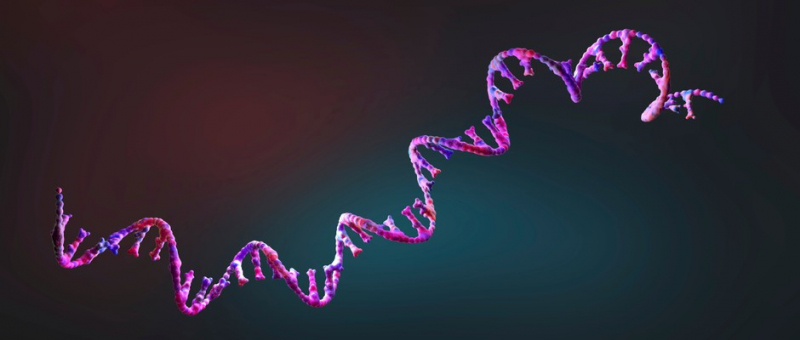
https://www.google.com 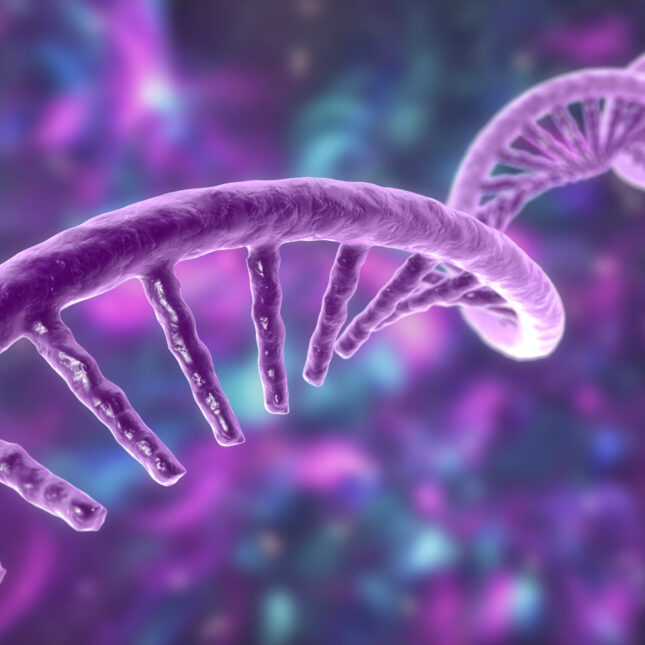
https://www.google.com -
The Mpemba Effect, or the phenomena where hot water freezes more quickly than cold water, has long captivated scientists and philosophers, and there are records of it dating back to Aristotle. Despite the fact that water is the most prevalent component on Earth, we have only witnessed it there.
The phenomena was separately observed by numerous researchers over the years, but Erasto Mpemba, a Tanzanian high school student, is credited with noticing it in a chance experiment in 1963. His physics instructor, Dr. Denis Osborn, assisted him as he continued to compose a paper outlining the effect in great detail. Numerous theories have been put up since then to explain the occurrence, but few have proven particularly successful.
Sciencium channel on Youtube Saskatchewan Science Centre channel on Youtube -
Prions were first identified as a new class of disease-causing agents in the 1980s, yet they were unlike anything humans had ever encountered. Even though prions are as destructive as the majority of viruses we are aware of, they are not pathogens because they are just deformed and misfolded forms of proteins that are common in our own brains. Prions can interact with regular proteins and lead them to misfold as well, eventually building large clusters that can shut down the brain. As a result, they are unquestionably contagious.
Even after more than three decades, we're still no closer to understanding them or developing a treatment for them. Apart from the fact that they are simply folded differently, prions operate considerably differently from normal proteins for reasons that we still don't fully understand. If prions are not controlled, they can lead to devastating illnesses like Mad Cow Disease and the extremely rare Kuru that have comparable effects on the brain to neuro-degenerative diseases like Alzheimer's and Parkinson's.
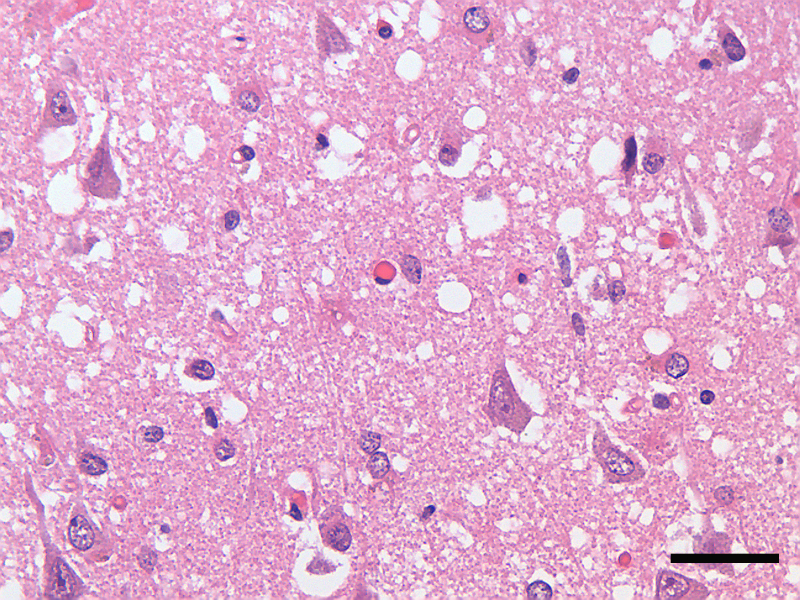
https://www.google.com 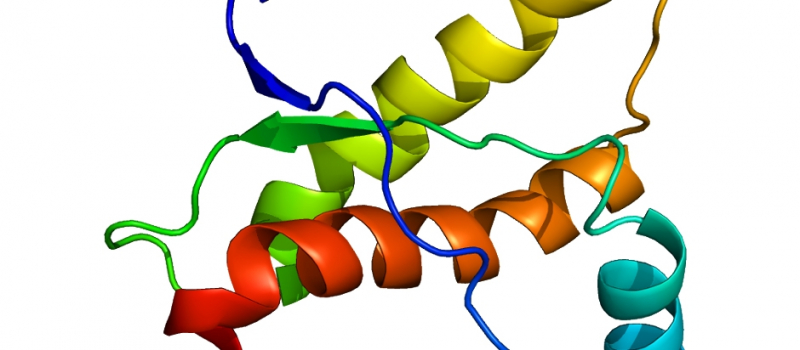
https://www.google.com -
In classical terms, turbulence occurs when gases and liquids, often known as fluids, enter a disordered, chaotic condition. Think of the way water quickly swirls around near rocks in the ocean or how coffee quickly stirs when you add milk to it.
Since there is still no agreed-upon definition of what turbulence actually is, the phenomenon is difficult to comprehend in contemporary terms. Even though many scientists have attempted to overcome this issue in various ways, the molecules move in a manner that cannot be predicted by our current models when there is turbulent flow.
It has to do with the more general issue of representing fluid motion in recognized mathematical concepts and equations, which is still incredibly difficult to do. The Navier-Stokes equation can be solved, which is the first step in creating a useful equation to describe turbulence, if you want to give it a shot. One of the seven Millennium Prize puzzles put forth by the Clay Institute, it carries a $1,000,000 prize for its solution.

https://www.google.com 
https://www.google.com -
Glass is one of the most prevalent materials in our environment and has a wide range of uses. It has also been around for a while. Records describing the manufacture of industrial glass date back to the time of Ancient Rome.
It defies science structurally, though, as its chemical make-up is unlike that of any other substance we are aware of. While the majority of us assume glass to be solid, the truth is far more nuanced. Glass appears on the surface to be identical to every other solid of the crystal type we are aware of, with predictable properties and a fixed shape.
However, from the inside, its molecules are equally disorganized as those of a liquid, indicating that its real state lies between a solid and a liquid. Glass is one of the most enigmatic materials that we utilize on a daily basis because we are unaware of any other substance, whether natural or artificial, that demonstrates similar characteristics.

https://www.google.com 
https://www.google.com -
One of the strangest occurrences we've ever found is superconductivity. Even when materials are cooled to extremely low temperatures, they nevertheless retain some degree of electrical resistance. This implies that some energy is lost as heat by all of our electrical equipment, and there is little we can do to prevent this.
Superconductivity, which refers to materials that completely lose their electrical resistance when chilled below extremely low temperatures, was discovered for the first time more than a century ago by a scientist by the name of Heike Kamerlingh Onnes. Since then, numerous novel superconductors with a wide range of uses in numerous industries have been found.
However, because it's a phenomenon that researchers are still striving to understand, its use is still somewhat restricted. When subjected to various circumstances, superconducting materials reveal characteristics that have never been seen before. The current best guess is that superconductivity has something to do with quantum mechanics because it is not described by the physics and chemical models that we currently have.

https://www.google.com 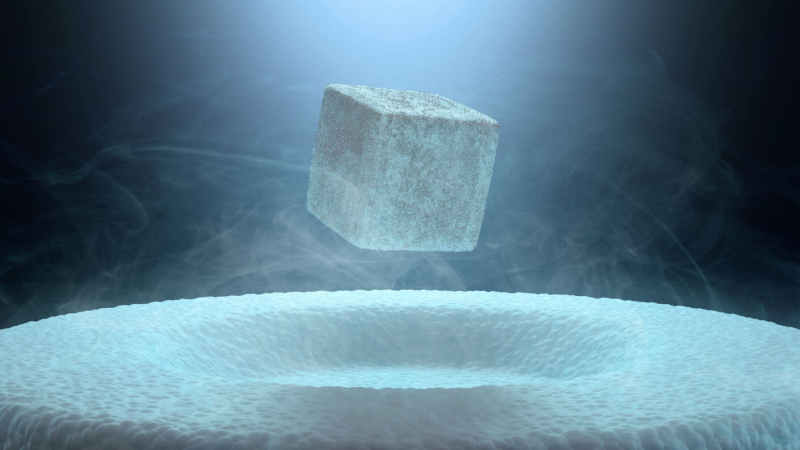
https://www.google.com -
Since the atom was initially discovered almost 200 years ago, numerous well-known scientists have made significant contributions to our understanding of it. We are aware of its overall layout because of them. All atoms are composed of a mostly empty nucleus with protons and neutrons, as well as an outer shell that contains electrons.
Since there are still many unanswered concerns regarding how the protons and neutrons operate inside the nucleus, that is also its most enigmatic aspect. In spite of the fact that all protons should be exactly the same size, experiments have revealed that protons and neutrons in heavier elements appear to be larger than those in lower ones. This phenomenon is known as the European Muon Collaboration (EMC) effect, but it is still unclear if it is merely a measurement error on our part or a brand-new subatomic phenomenon that we haven't yet identified.
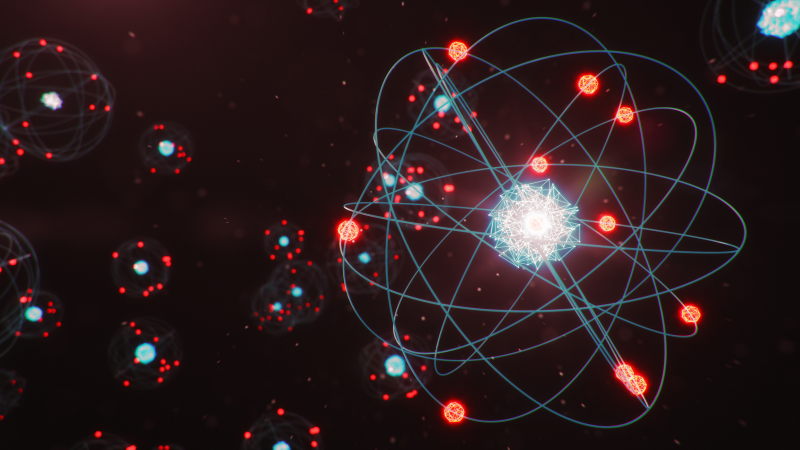
https://www.google.com 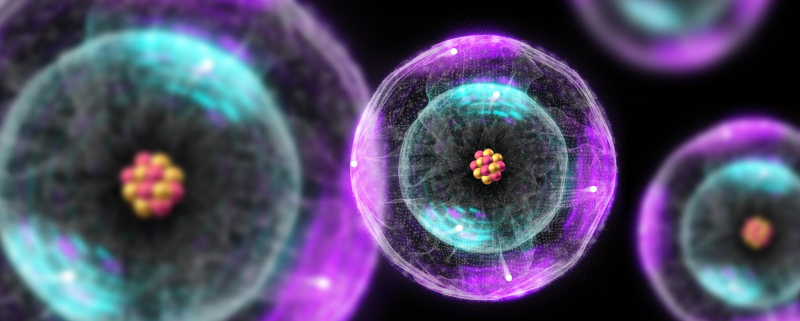
https://www.google.com -
The Iron Pillar of Delhi is not very eye-catching at first glance. It is a middling 23 feet tall and is part of the Qutub Complex, which also contains the considerably more remarkable Qutub Minar. In fact, it might not even be Delhi's most attractive iron pillar.
However, one of the biggest mysteries in chemistry has persisted for a very long time. Based on its inscriptions, the pillar was most likely constructed between the fourth and fifth century AD, but despite this, it has managed to avoid rusting. Though with limited success, many studies have attempted to identify the precise chemical make-up of the pillar that enables it to do that.

https://www.google.com 
https://www.google.com -
Catalysts are substances that have the ability to accelerate specific chemical reactions without undergoing any internal change. Nearly every business we deal with on a daily basis uses them, including the production of beer, home construction, and daily cookery. Since Ancient Egypt, for instance, yeast has been utilized to quicken baking procedures.
Although catalysts are a necessary component of life, scientists are still unsure of how they function. Since there are millions of conceivable combinations, we actually model all the physical, mathematical, and chemical processes needed to create an efficient catalyst for a specific reaction using supercomputers. We simply don't understand them well enough to be able to create one on demand, so we have to use more "try and error" methods to do it.
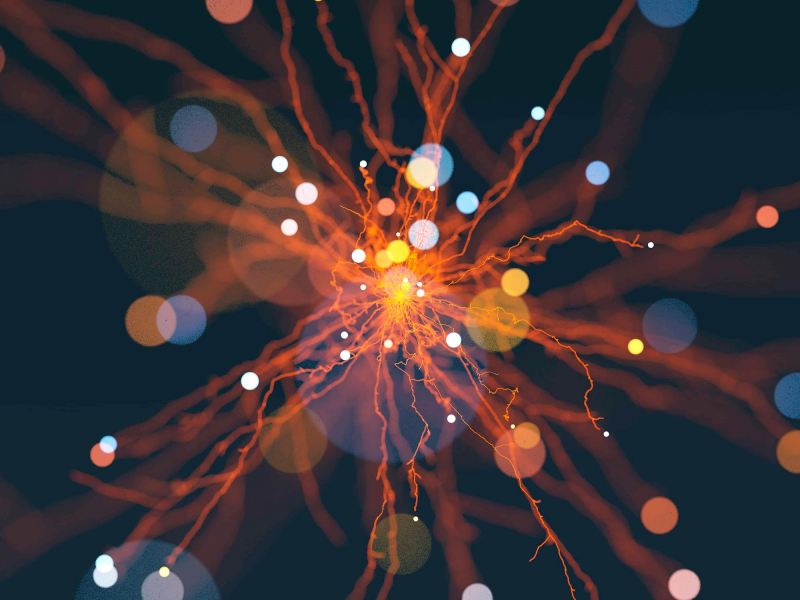
https://www.google.com 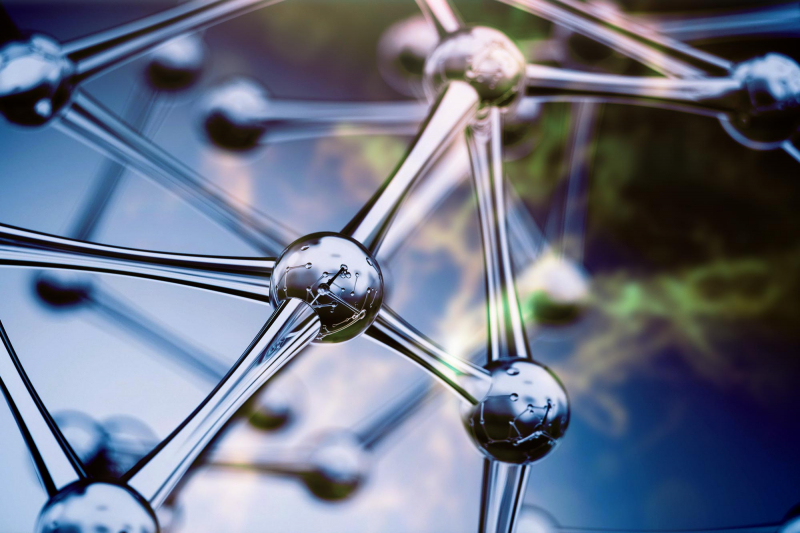
https://www.google.com












